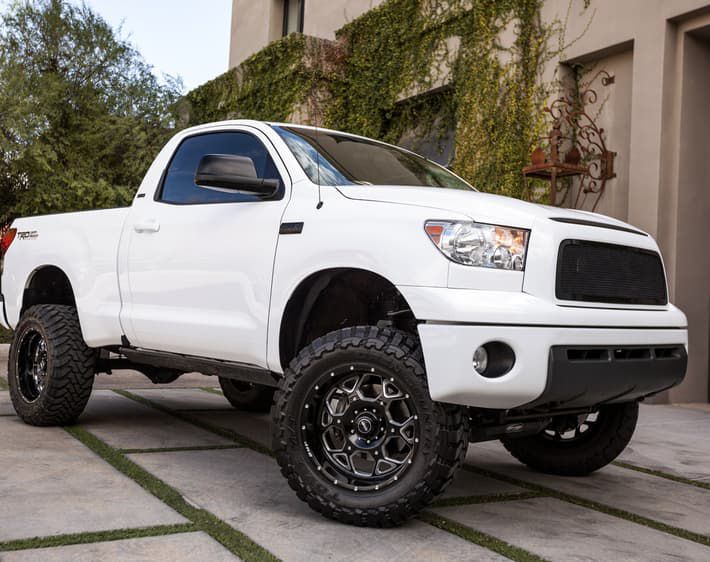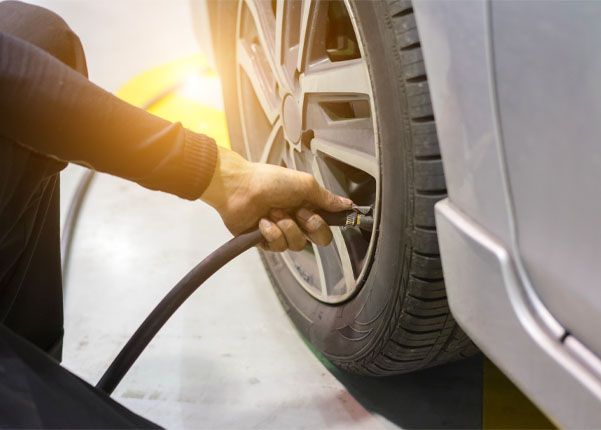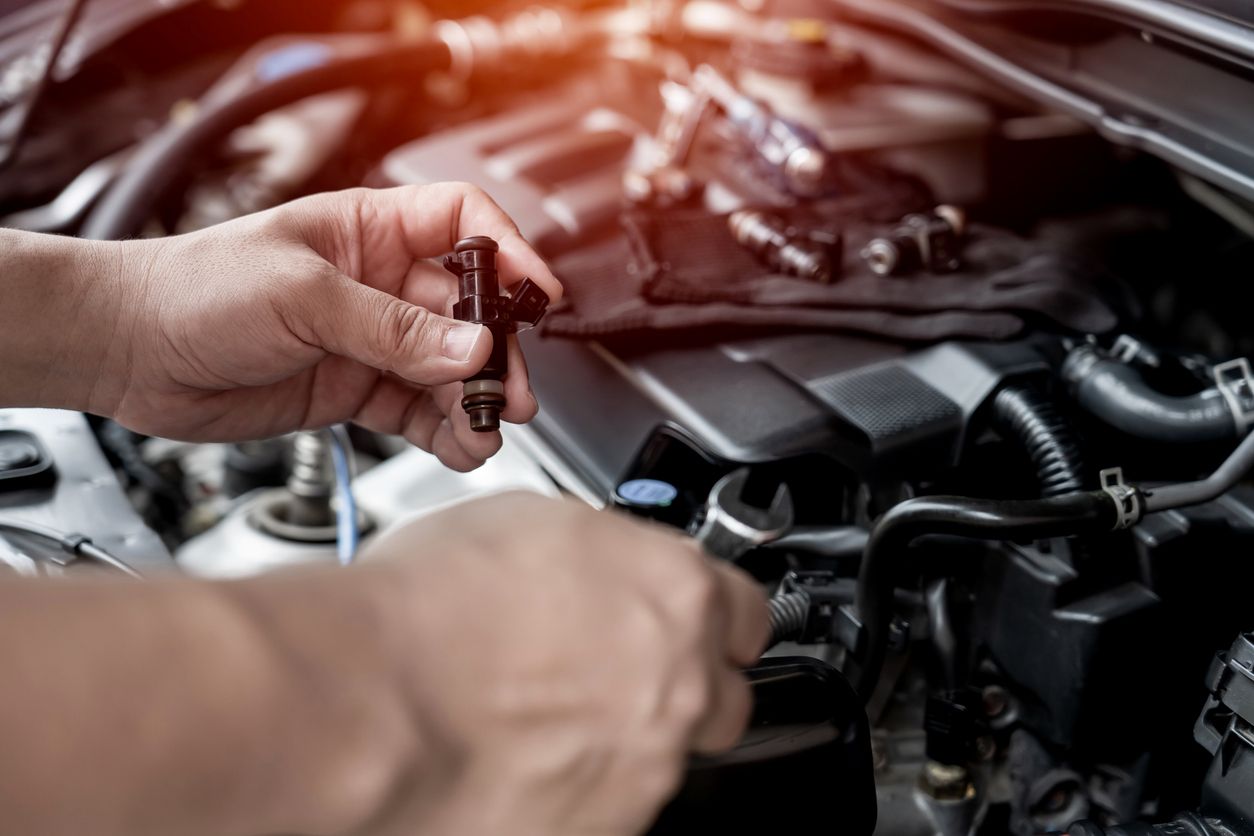
Can I Use Bigger Tires on My Car?
Can I use bigger tires on my car? Discover the pros, cons, and impacts on fuel and handling. Visit Tires Plus for expert advice on your tire upgrade!
Read More
As your destination for tires, we know that tire pressure isn’t to be taken lightly. It’s crucial to your car’s safety, your comfort, the lifespan of your tires, and even your gas mileage.
Safety: Low tire pressure leads to more of the tire's surface area touching the ground, and thus more friction between the tire and the road. More friction means more wear, more heat, more often, all of which put your tires at risk for tread separation, a tire blowout, and a serious accident.
Comfort: When tire pressure is too high, less of the tire will be touching the ground and your ride will feel "harder" and bouncier. Your vehicle's traction and stopping distances can suffer, and you'll likely feel every bump in the road.
Longevity: Whether under or overinflated, improper tire pressure can lead to uneven and premature tire wear. Properly inflated tires typically last much longer than improperly inflated ones, meaning you won't have to buy new tires as often!
Fuel Efficiency: Incorrect tire pressure can even have you headed to the pump more often. You can improve your gas mileage by up to 3% simply by keeping your tires inflated to the proper pressure, reports the U.S. Department of Energy. Cha-ching!
Did you know? Even if you ensure your tires are properly inflated every day, you could still end up with a flat tire when you least expect it due to nails, potholes, and bad road conditions. With Bridgestone's DriveGuard tire, though, a flat tire doesn't have to mean getting stranded. DriveGuard tires can be driven up to 50 miles at speeds of up to 50 MPH, even after complete air loss. That's right—a complete air loss!

Dashboard warning lights, and tire pressure display features in modern vehicles, are helpful tools, but they are not fool-proof. They can help alert you to low tire pressure, but you should still make sure to individually inspect your tires for accuracy. Luckily, checking tire pressure is simple with the right tools. You can use your own tire pressure gauge or use one available at a gas station or auto service center. Follow these steps to check your tire pressure:
1. Check tires when they are cold (meaning you haven’t driven on them in the last three hours). This will give you the most accurate tire pressure reading.
2. Find the tire valve stem and unscrew the cap. Attach the pressure gauge to the open valve stem. When the gauge is properly attached you won’t hear air escaping the tire.
3. The gauge will show a tire pressure reading in PSI. Check if it matches your vehicle’s recommended tire pressure. You can find recommended tire pressure in your owner’s manual or on a sticker in the driver’s side door jamb.
4. If your tire is under-inflated, use an air compressor to inflate the tire until it matches your vehicle’s recommended PSI.
5. Do not over inflate your tires, because this could cause them to wear unevenly. If you have added too much air, you can release it through the valve stem.
Each vehicle has its own recommendations when it comes to tire pressure. Depending on how your vehicle’s weight is distributed, you may have different numbers for your front and rear tires. You can find tire pressure for your car, truck, van, or SUV on a sticker on the driver’s side door jamb or in your owner’s manual. You can also look up your vehicle’s recommended tire pressure using our online tire pressure monitor tool.
How often should you check tire pressure? General wisdom says at least once a month, but checking it every time you fill up with gas is a safer bet. Some drivers think that it's only necessary to check it when the tire pressure light pops up on the dashboard, but the truth is, tires lose pressure daily! In cool weather, they can drop one or two pounds of air per month.
Whether you’re visiting us for tire repair and auto repair services, or just need some guidance, Tire Plus has the tools to help keep your tire pressure at its best. Use our online tire pressure monitor tool to find the recommended tire pressure for your vehicle and a handheld pressure gauge to check your tire pressure at home. Or, keep things simple and get a free tire pressure check at your nearest Tires Plus Total Car Care. Our friendly technicians will gladly check and inflate your tires, free of charge, whether you're just here for a tire pressure check or stopping in for other auto repair services! Learn more about tire pressure in this fun animated video and visit your local Tires Plus for a free tire pressure check today.

Can I use bigger tires on my car? Discover the pros, cons, and impacts on fuel and handling. Visit Tires Plus for expert advice on your tire upgrade!

Is your car experiencing hesitation or rough acceleration? A fuel system cleaning may help with that! Learn about the benefits of fuel system cleaning here.

Ready to find out how you can save big with Tires Plus Black Friday deals in 2024? Gear up for our biggest and best deals of the year. Click to learn more!